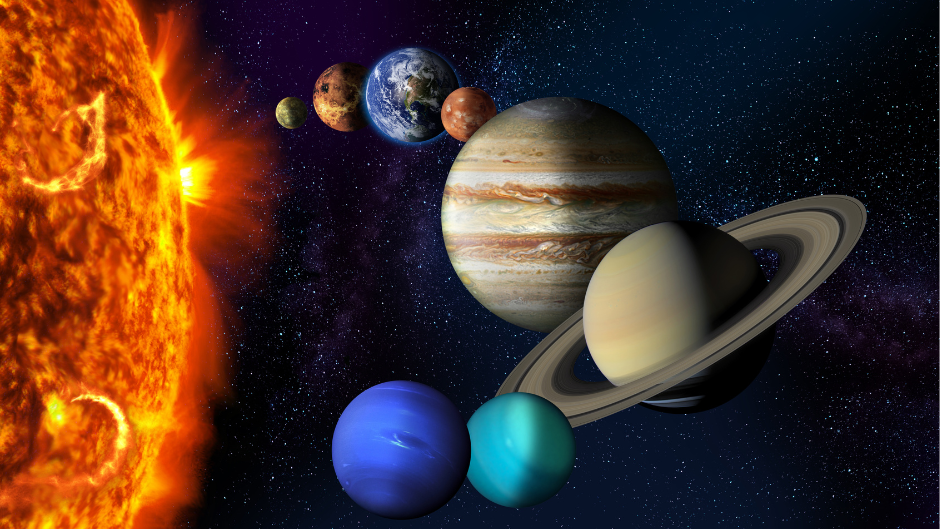
A comprehensive survey of astronomy at a descriptive level, providing students with an understanding of the development of modern astronomy, celestial phenomena, and the tools used to explore the cosmos.
Department Overview
Welcome to the Astronomy Department at Laney College! Our program is designed to ignite curiosity and provide a comprehensive understanding of the cosmos. Through engaging lectures, hands-on laboratory experiences, and observational sessions, students delve into the mysteries of the universe and gain insights into its vast complexity
 Key Areas Of Study
Key Areas Of Study
- Development of Modern Astronomy: Students explore the historical milestones and scientific breakthroughs that have shaped our understanding of the universe, from ancient civilizations’ observations to the contributions of Galileo, Kepler, Newton, and beyond.
- Light and Astronomical Instruments: The department covers the fundamental properties of light and its role in astronomy. Students learn about the various types of telescopes, spectrographs, and other instruments used to observe and analyze celestial objects across the electromagnetic spectrum.
- The Sun: Through in-depth lectures and solar observations, students study the structure, composition, and dynamics of our nearest star, the Sun. Topics include solar phenomena such as sunspots, solar flares, and the solar cycle.
- Formation and Evolution of the Solar System: Students examine the processes that led to the formation of the solar system, including the collapse of a molecular cloud and the formation of protoplanetary disks. They also explore the evolution of planets, moons, and other solar system objects over billions of years.
- The Terrestrial Planets: Detailed discussions focus on the inner planets of the solar system—Mercury, Venus, Earth, and Mars—exploring their geological features, atmospheres, and potential for habitability.
- The Jovian Planets: Students learn about the gas giants—Jupiter, Saturn, Uranus, and Neptune—and their diverse characteristics, including their rings, moons, and atmospheric dynamics.
- Asteroids and Comets: The department examines the nature and origin of asteroids and comets, as well as their roles in the early solar system and their potential impact hazards.
- Planets Around Other Stars: Students explore the rapidly evolving field of exoplanetary science, studying the detection methods, properties, and diversity of planets orbiting distant stars.
- Brief Survey of Stars: An overview of stellar astronomy covers the life cycle of stars, from their formation in nebulae to their evolution as main-sequence stars, red giants, supernovae, and beyond. Topics also include stellar classification, binary systems, and star clusters.
Contact Us
Astronomy Department Co-Chairs
Cheli Fossum
mfossum@peralta.edu
William Trego
wtrego@peralta.edu
Dean
Tarek ElJarrari
teljarrari@peralta.edu
Learning & Career Pathways
Science, Engineering & Math
Division
Division of Mathematics, Sciences & Engineering
.png?width=500&height=330&name=Laney%20College%20Enrollment%20(3).png)
Unlock Financial Aid for College Expenses
 Transfer To A University
Transfer To A University
Laney College's AA-T and AS-T degrees guarantee junior standing admission to the CSU system, with priority for local CSU campuses in similar programs. Consult a counselor or transfer specialist for details.
.png?width=60&height=60&name=CTE%20(6).png) Meet With A Counselor
Meet With A Counselor
Counselors can help you create a Student Educational Plan (SEP) to outline the courses needed for an Associate’s degree, transfer, or certificate, even if you're unsure of your educational goals.
.png?width=60&height=60&name=CTE%20(10).png) Uncertain About Your Career Path?
Uncertain About Your Career Path?
We provide support with career exploration, self-assessment as well as the major and career decision making process to help all Laney students achieve career satisfaction and success.